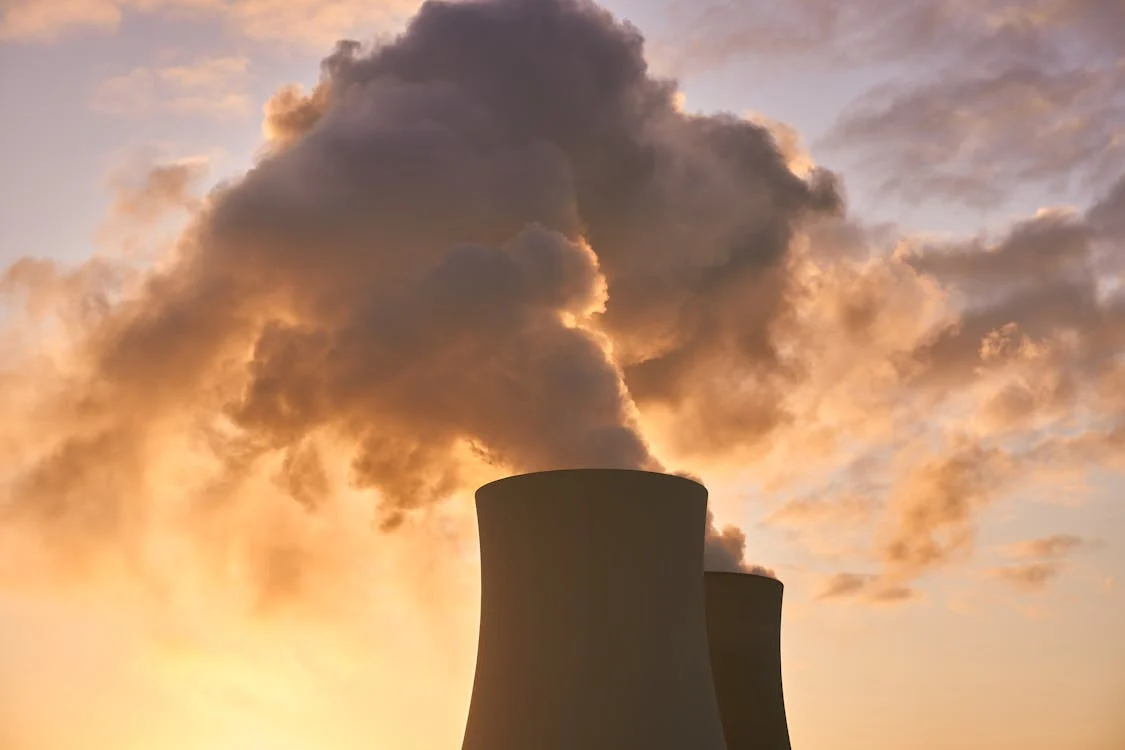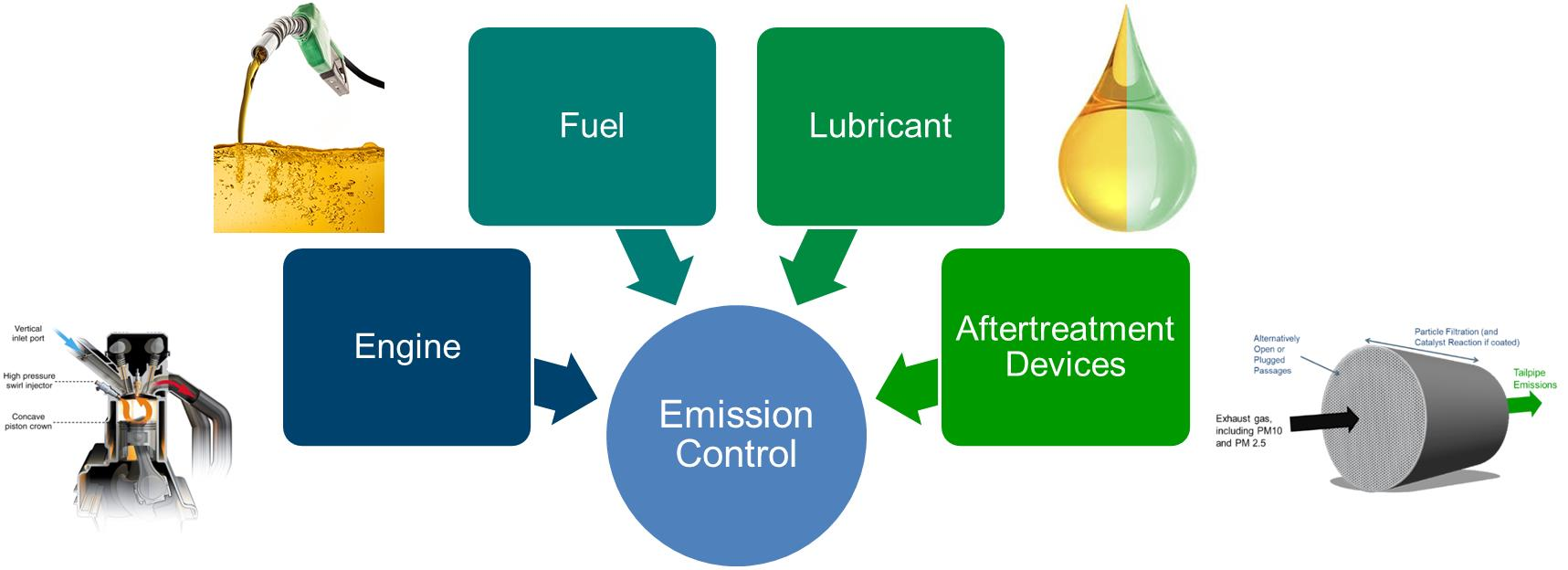Emissions Control: Next-Gen Gas Analyzers for Sustainable Industries

Introduction
As the world moves towards a more sustainable future, controlling industrial emissions has become a critical aspect of environmental stewardship. Next-generation gas analyzers are playing a pivotal role in helping industries meet stringent emission standards while optimizing their operations for efficiency and sustainability. This blog explores how advanced gas analyzers are revolutionizing emissions control across various industries.
Table of Contents
1. The Importance of Emissions Control
2. Evolution of Gas Analyzers
3. Key Features of Next-Gen Gas Analyzers
4. Applications in Sustainable Industries
5. Benefits of Advanced Gas Analysis Technology
6. Challenges and Future Directions
7. Conclusion
The Importance of Emissions Control
Industrial emissions contribute significantly to air pollution, climate change, and public health issues. Effective emissions control is essential not only for regulatory compliance but also for protecting the environment and reducing the carbon footprint of industrial operations. Gas analyzers are crucial in monitoring and managing these emissions in real-time.
Evolution of Gas Analyzers
Gas analyzers have evolved from basic detection tools to sophisticated instruments capable of precise measurements of multiple gas components. Early models focused on single-gas detection, while modern analyzers are equipped with advanced sensors and software to provide comprehensive emissions data across a broad spectrum of gases.
Key Features of Next-Gen Gas Analyzers
Next-generation gas analyzers offer several advanced features, including real-time data monitoring, multi-gas detection, high sensitivity, and integration with digital platforms for data analysis and reporting. These analyzers are designed to be more robust, efficient, and user-friendly, making them indispensable tools for modern industries.

Applications in Sustainable Industries
Next-gen gas analyzers are used across various industries, including power generation, petrochemicals, manufacturing, and waste management. These analyzers help industries monitor emissions of harmful gases such as NOx, SOx, CO2, and VOCs, ensuring they stay within regulatory limits while optimizing their processes for sustainability.
Benefits of Advanced Gas Analysis Technology
The adoption of advanced gas analyzers provides multiple benefits, including improved accuracy in emissions measurement, reduced operational costs through better process control, and enhanced compliance with environmental regulations. These technologies also contribute to a company's sustainability goals by minimizing their environmental impact.
"Next-generation gas analyzers are the cornerstone of sustainable industrial operations, enabling precise emissions control and regulatory compliance." — Environmental Engineer
Challenges and Future Directions
Despite the advancements, challenges such as the need for regular maintenance, calibration, and the integration of data into existing systems persist. However, ongoing innovations in sensor technology, AI-driven analytics, and IoT integration are expected to address these challenges, making gas analyzers even more effective in the future.
Conclusion
Next-generation gas analyzers are at the forefront of emissions control, providing industries with the tools they need to monitor and reduce their environmental impact. As technology continues to advance, these analyzers will become even more integral to achieving sustainable industrial operations.

